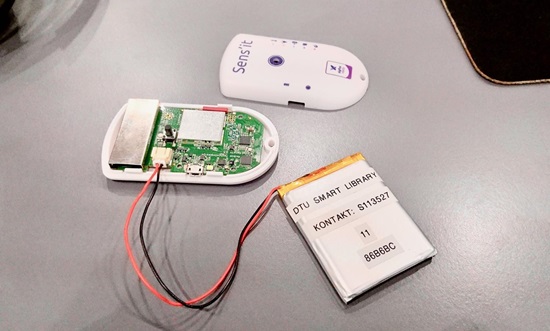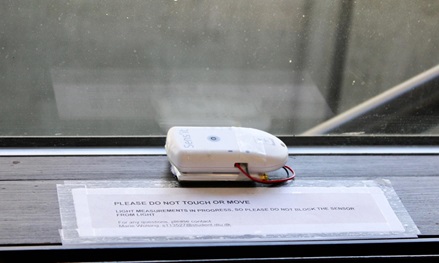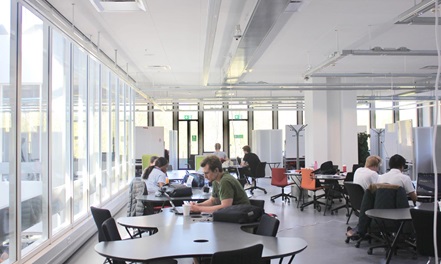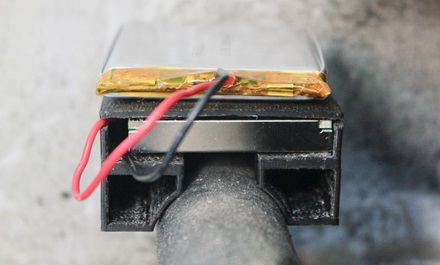
Description
Problems with the indoor climate is a big issue in many buildings, especially educational institutions and offices. In most cases, it leads back to poor operation of the building services. This project has investigated the use of IoT sensors for fault detection and optimisation of building services, through data collection and analysis.
15 Sens’it sensors have been set up at DTU SMART Library to monitor specific parts of the building installations, such as the ventilation and heating system, as well as the indoor climate and lighting in the building. The sensors run on the Sigfox Network, using radio transmission to send messages to the cloud.
The IoT sensors monitor temperature, light and CO2 concentration in specific places in order to evaluate the operation of the systems. For example, temperature sensors are placed in different places along a heating pipe to monitor the heat loss. Sensors are also placed in the ventilation system; some in the air supply terminals and some in the air handling unit. The indoor climate in the room is being monitored by a temperature sensor, light sensors and a CO2 sensor.
As product development, part of the project has been to design a custom casing for the heat pipe sensors, which fits directly on the pipe. The casing was 3D printed in DTU Skylab, and ready for the sensor board to be inserted.
Fault detection is done through analysis of the collected data, based on different algorithms. Through the data analysis any operational errors can be detected and corrected, thereby reducing energy consumption and improving the indoor climate.
For future work, the IoT sensors should be able to communicate with the building services, and automatically correct any operation which is not optimal. Ideally the sensors could be used able to forecast the operation based on climate data, historic data, etc.

Data - Are they available for others to use?
All data from the sensors is transferred to the Sigfox Cloud and collected via the API into a project database, where timeseries data can be downloaded in CSV format. The database will be administered by DTU Smart Library and might be available for students in the future.
Contact
Marie Wolsing, s113527
marie.wolsing@hotmail.com
or contact Smart Campus to hear more.
More pictures:


